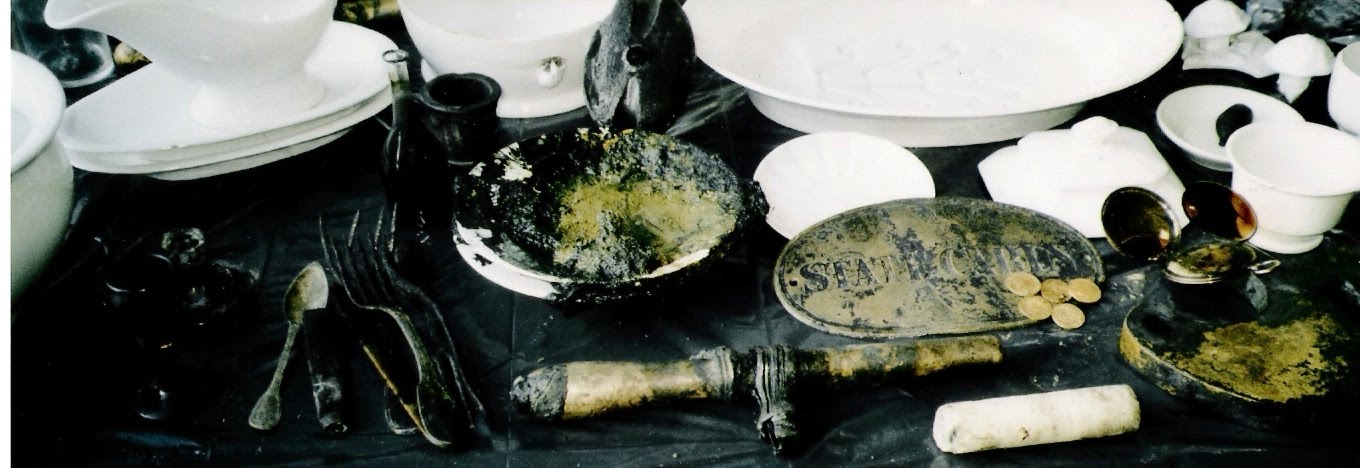By Christopher Reynolds (link)
The bombs erupted along Pier No. 1, thousands of them, about 30 miles northeast of San Francisco. And 66 years later, you still can spot a few twisted hunks of metal near water's edge, an American flag snapping in the wind overhead.
This is Port Chicago Naval Magazine National Memorial, the newest unit in the national park system and the scene of the bloodiest 20th-century California war story that millions of Californians never have heard. It covers just 5 acres, surrounded by a military base, between Suisun Bay and the blond hills of Contra Costa County."You won't see much of anything," the Rev. Diana McDaniel, president of the Friends of Port Chicago, tells first-time visitors. "But you'll feel something."The biggest home-front disaster of World War II happened here. Followed by the largest mass mutiny trial in U.S. Navy history, which paved the way for the integration of the American military and, many say, the emergence of the American civil-rights movement in the 1950s. In other words, Port Chicago's first full-time rangers might not have much to show when they welcome visitors, but they have plenty to tell.The core of the story always is July 17, 1944. It was a Monday. The United States was more than two years into World War II, and Port Chicago was where the Navy took munitions off railroad cars and loaded them onto ships bound for the Pacific.Out along the port's long, bending pier, which just had been expanded to accommodate two ships at a time, the Quinault Victory glided in about 6 p.m. The new ship, ready for loading, moored on the pier's seaward side, facing upstream.On the land side, facing downstream, loomed the E.A. Bryan, a 440-foot-long Liberty ship that had been in port for four days of around-the-clock loading. Like most Liberty ships, it had five cargo holds, each about four stories deep. The ship was mostly full, with five days left to finish the job. Most of the loading had gone smoothly, investigators found later, except for a few problems with the steam-powered winches that lifted munitions into the ships.The base was eight miles down the Sacramento River from Pittsburg, seven miles upriver from Martinez and 1 .5 miles from the tiny town of Port Chicago. It had rail connections and plenty of land, well-separated from population centers in case anything major went wrong. Through more than a year-and-a-half of hastily handling 280,000 tons of ammunition and explosives onto 78 ships, nothing had.
Posted via email from
.jpg)
No comments:
Post a Comment